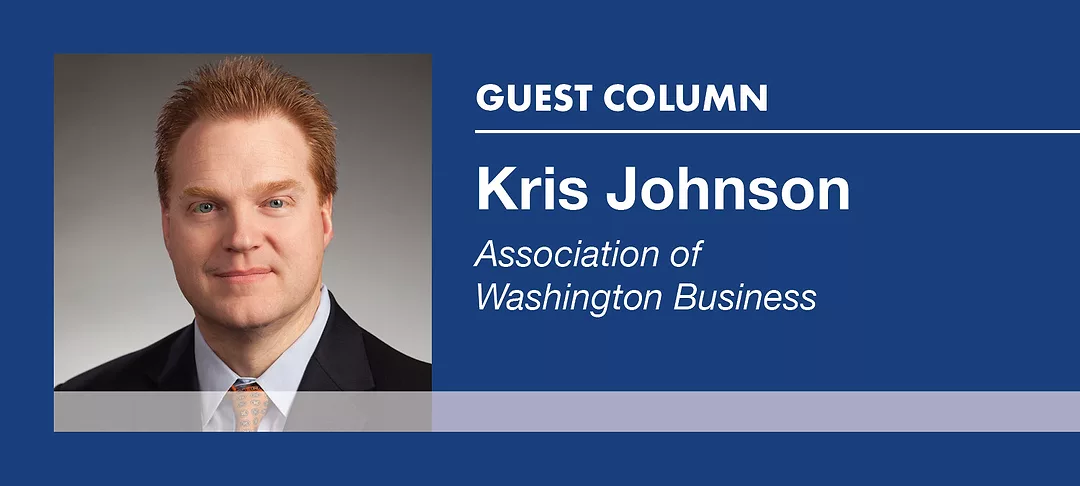
Home » Strong, skilled workforce contributes to strong economy
Strong, skilled workforce contributes to strong economy

March 16, 2020
By Kris Johnson
If it seems like you’ve seen a lot “help wanted” signs lately, you’re not imagining things.
Now more than a decade into the current economic expansion, the national unemployment rate is at a 50-year low, labor market participation is at the highest rate in nearly seven years and recent news reports said Amazon alone had 37,000 job listings around the world—possibly the most in the company’s history.
For many employers, workforce issues are among the most pressing they face, whether it’s finding skilled, educated and qualified employees for open positions, retaining the best and most talented people or cultivating the right company culture.
The reality—if we hope to keep the economy strong and bring the expansion to parts of the state that have not experienced the same prosperity — is that we will need to address some serious workforce challenges in the years ahead.
First, there’s a major gap between worker skills and the needs of Washington employers, from aerospace to advanced computing.
A recent survey from staffing company TrueBlue shows that 32 percent of employers had trouble filling low-skill positions, 46 percent can’t find workers for middle-skill jobs and 35 percent can’t find workers to fill high-skilled jobs that require a college degree or more.
This skills gap impacts our state’s technology sector, which often recruits outside Washington for qualified workers. It impacts our infrastructure, since we need skilled trades to build world-class highways, bridges and hospitals.
And we need a stable workforce to power our manufacturing and agriculture sectors, which are behind many of the exports that make our state a world leader in international trade.
This disconnect shows up in our school system as well. Most of the good job opportunities in our state between now and 2021 will be filled by people with postsecondary training or education.
Less than one-third, or 31 percent, of Washington high school students had earned a postsecondary credential by age 26, a 2016 report by the Washington Roundtable shows.
Notably, a credential means any college degree, industry certification or apprenticeship program.
Our workforce is aging quickly. About 10,000 baby boomers turn 65 each day, the Census reports.
While some continue to work, all boomers will turn 65 over the next decade. They will eventually leave the workforce.
The good news is there are efforts to address our nation’s workforce challenges.
The National Association of Manufacturers recently launched the “Creators Wanted” campaign, a nationwide effort to close the workforce skills gap and change American’s perception of manufacturing.
The campaign, one of the largest efforts of its kind in American history, aims to reduce the skills gap in the U.S. by 600,000 people, expand technical and vocational education and boost the industry’s positive perception among parents.
The days when parents believed their children needed to earn a degree from a four-year college to be successful should be long gone.
Here in Washington, the Association of Washington Business is hosting the fourth annual Workforce Summit on March 19. The virtual event will explore many of the workforce challenges facing today’s employers, from employment law issues and workplace wellness, to opportunities for women in business, diversity and inclusion, dependent care and more.
The economic landscape has changed dramatically in the last decade, both in Washington state and throughout the country. In some respects, having too many job openings might seem like a good problem to have. But if we want to continue to grow and expand, it’s not a problem we can ignore.
Kris Johnson is president of the Association of Washington Business, the state’s chamber of commerce and manufacturers association.
Local News Education & Training
KEYWORDS march 2020





